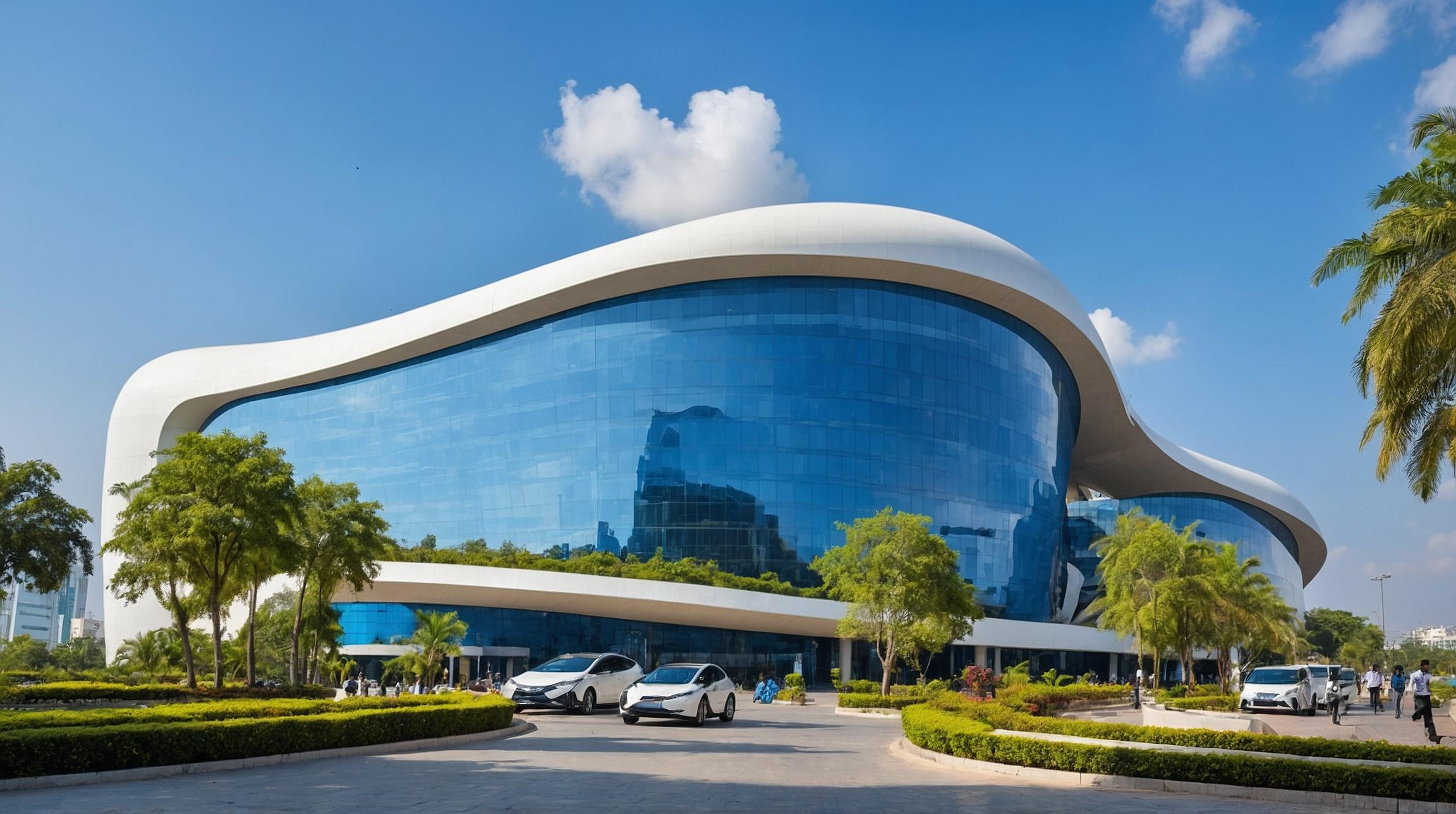SpaceX Facing Safety Fines After Worker Injury
Elon Musk's pioneering space company, SpaceX, has come under fire from US worker safety officials following a significant incident at its facility in Washington state leading to a near amputation accident, resulting in a fine of US$3,600. This event adds to a series of worker-safety violations and injuries documented at SpaceX sites, stirring concerns over the company's commitment to workplace safety.
A Reuters investigation previously highlighted over 600 unreported injuries among SpaceX employees since 2014, raising questions about the billionaire's company's adherence to safety regulations. Despite these allegations, SpaceX has remained silent on inquiries related to worker safety, including the recent safety fine levied against it.
Recent Safety Violations Uncovered
Inspectors from the Washington state's Department of Labour and Industries unearthed new safety oversights at the company's Redmond, Washington, site. In their findings, inspectors pointed out the absence of a "thorough safety program," proper communication of work rules, and measures to correct violations. Notably, a roll of material falling and crushing a worker's foot led to the near amputation incident mentioned.
Despite SpaceX management's assurance that the incident was a one-off and remedial actions were taken, the inspection revealed further safety lapses. Specifically, employees were not mandated to wear steel-toe shoes, despite handling materials that had significantly increased in weight. This oversight was deemed serious, considering the risk of injury.
Cultural Challenges in Prioritizing Safety
An employee's account to inspectors revealed a potentially troubling company ethic, where production goals overshadow safety concerns. This culture, the employee alleges, has led to compromises in safety, particularly in the operation of machinery aimed at boosting production rates.
Implications for SpaceX
This series of allegations and fines highlights significant challenges for SpaceX, particularly as it positions itself as a key player in commercial space exploration and as a major contractor for NASA. With over US$11.8 billion awarded to SpaceX by NASA, questions around the company's safety culture and adherence to regulations are becoming increasingly pertinent.
The Bigger Picture
SpaceX's recent fine and documented worker injuries underscore broader issues within workplace safety regulation in the US. Experts point to the limitations posed by capped fines and the chronic understaffing of regulatory bodies as obstacles to effectively deterring major companies from neglecting safety protocols.
The recent negligence lawsuit filed by the wife of a worker left in a coma after a work-related accident further complicates SpaceX's safety narrative, putting additional pressure on the company to reevaluate its safety practices and culture.
As SpaceX aims for $20 billion in sales next year, primarily buoyed by its Starlink project, these ongoing safety issues present not just a regulatory challenge but a significant risk to the company's reputation and its ambitious goals in the commercial space sector.
Conclusion
The fine against SpaceX for the near amputation incident sheds light on ongoing safety concerns within Elon Musk's space venture. As the company navigates these issues, the broader implications for worker safety regulations and the commercial space industry's future remain in focus. With increasing scrutiny from regulators, the media, and the public, SpaceX's responses and actions moving forward will be critical in shaping its trajectory and credibility in the highly competitive and high-stakes arena of space exploration.
Analyst comment
Negative news. As an analyst, it is likely that the market will have concerns about SpaceX’s commitment to workplace safety and adherence to regulations, which could impact the company’s reputation and its goals in the commercial space sector. The increasing scrutiny from regulators, media, and the public could pose significant challenges for SpaceX’s trajectory and credibility in the highly competitive space exploration industry.













